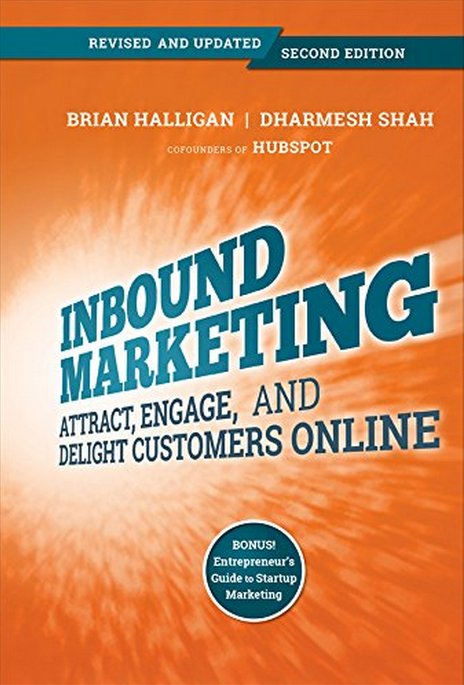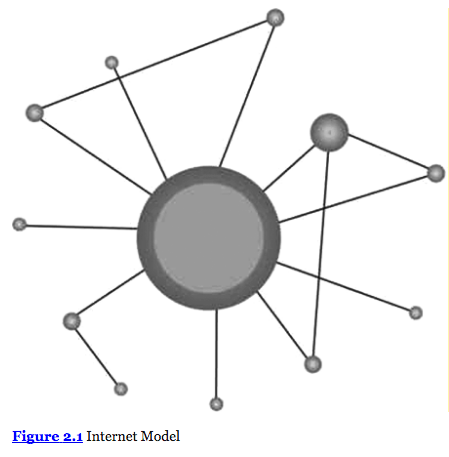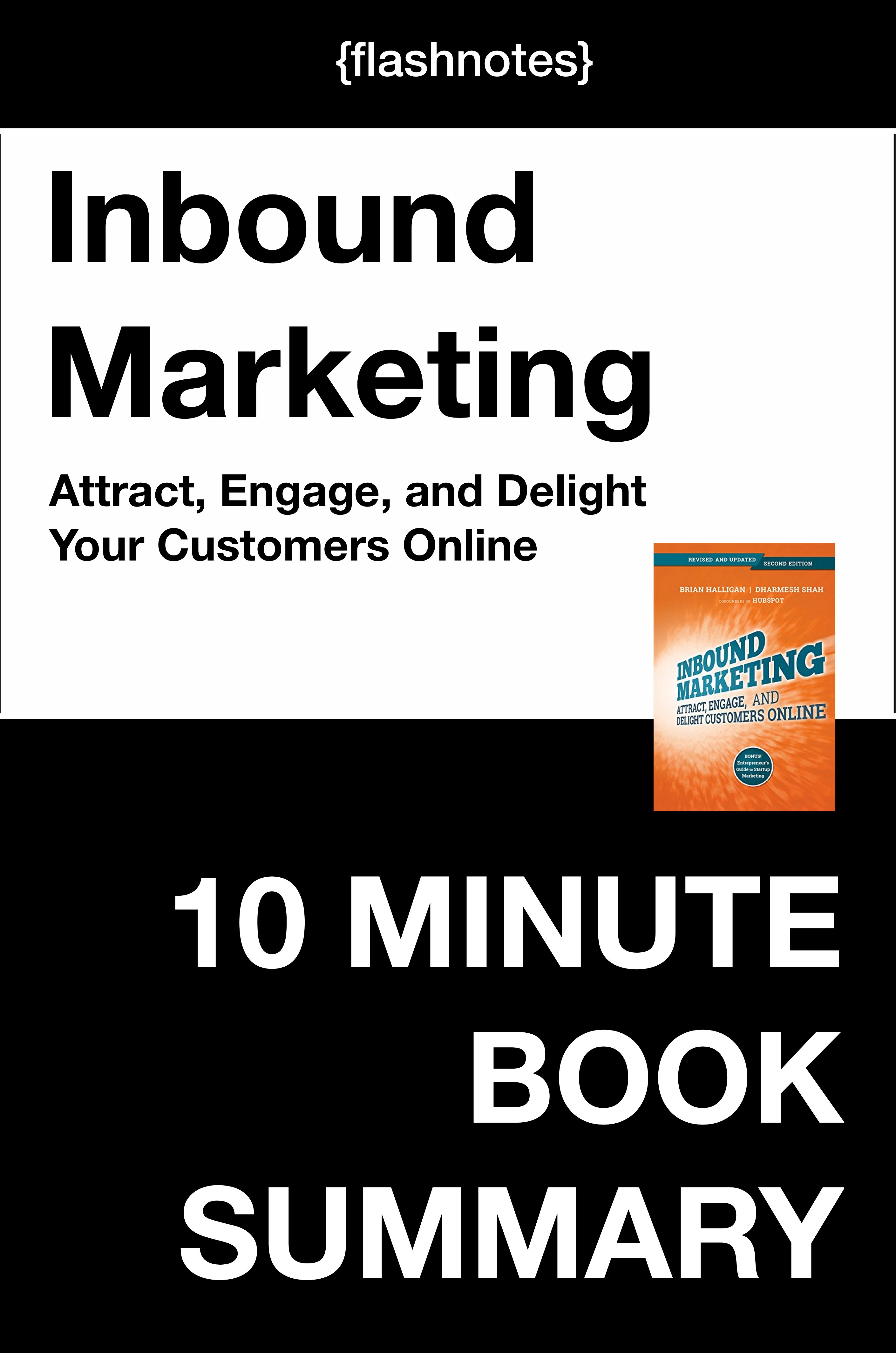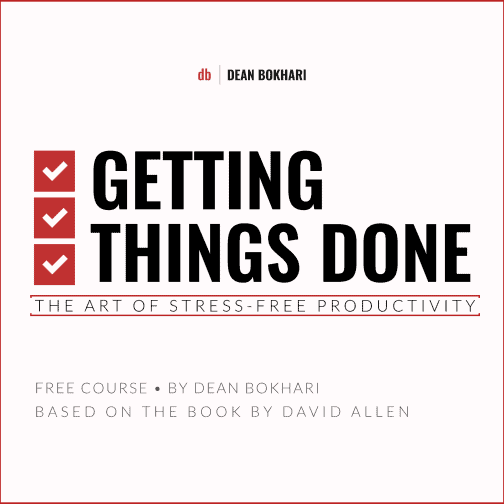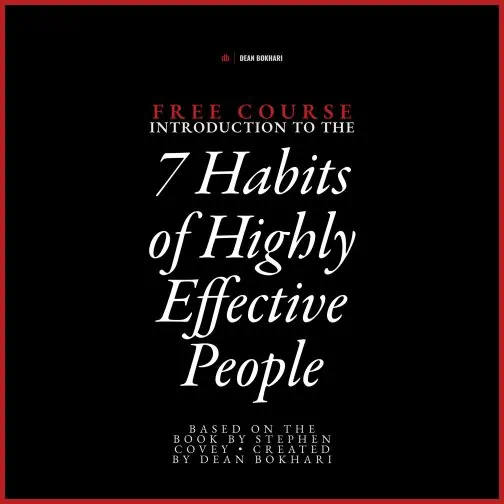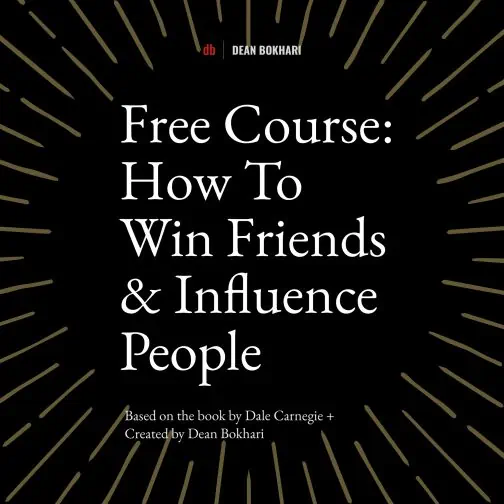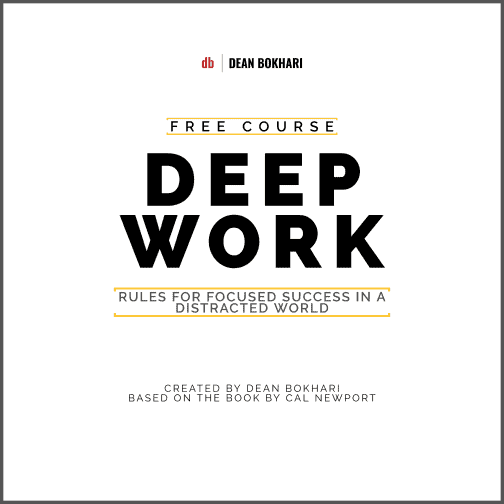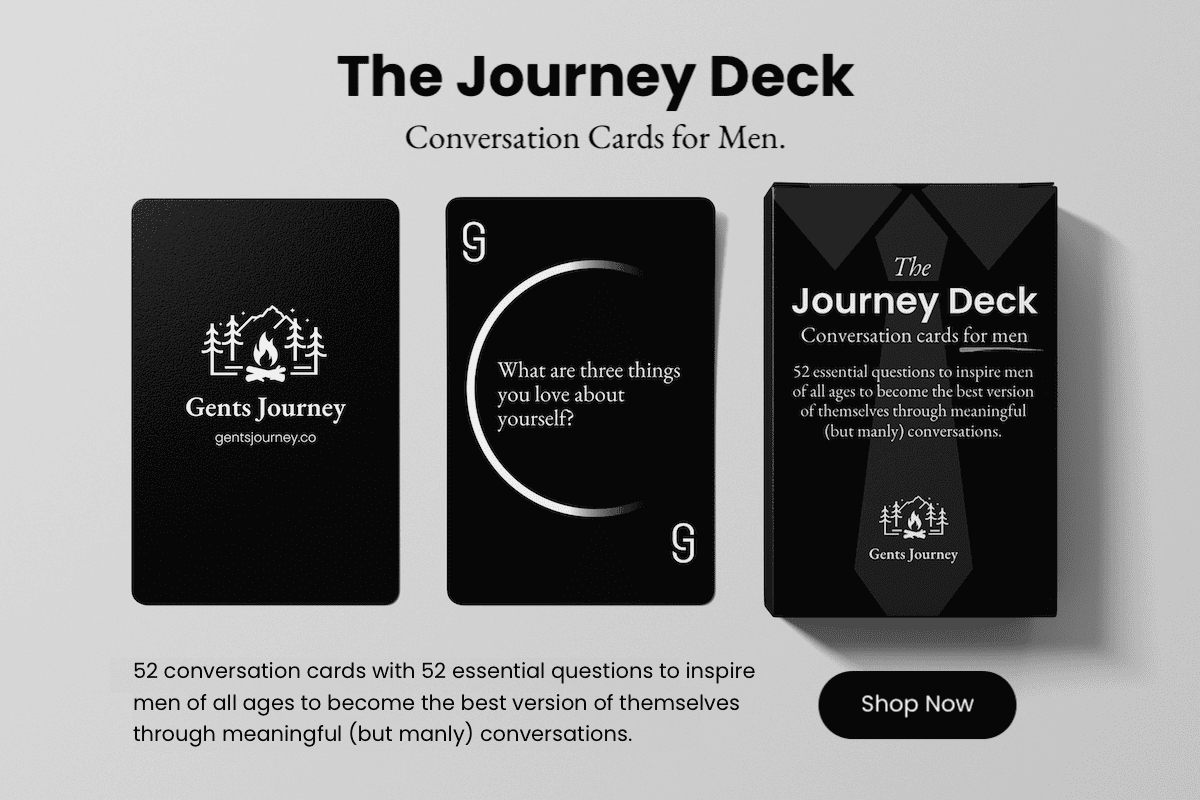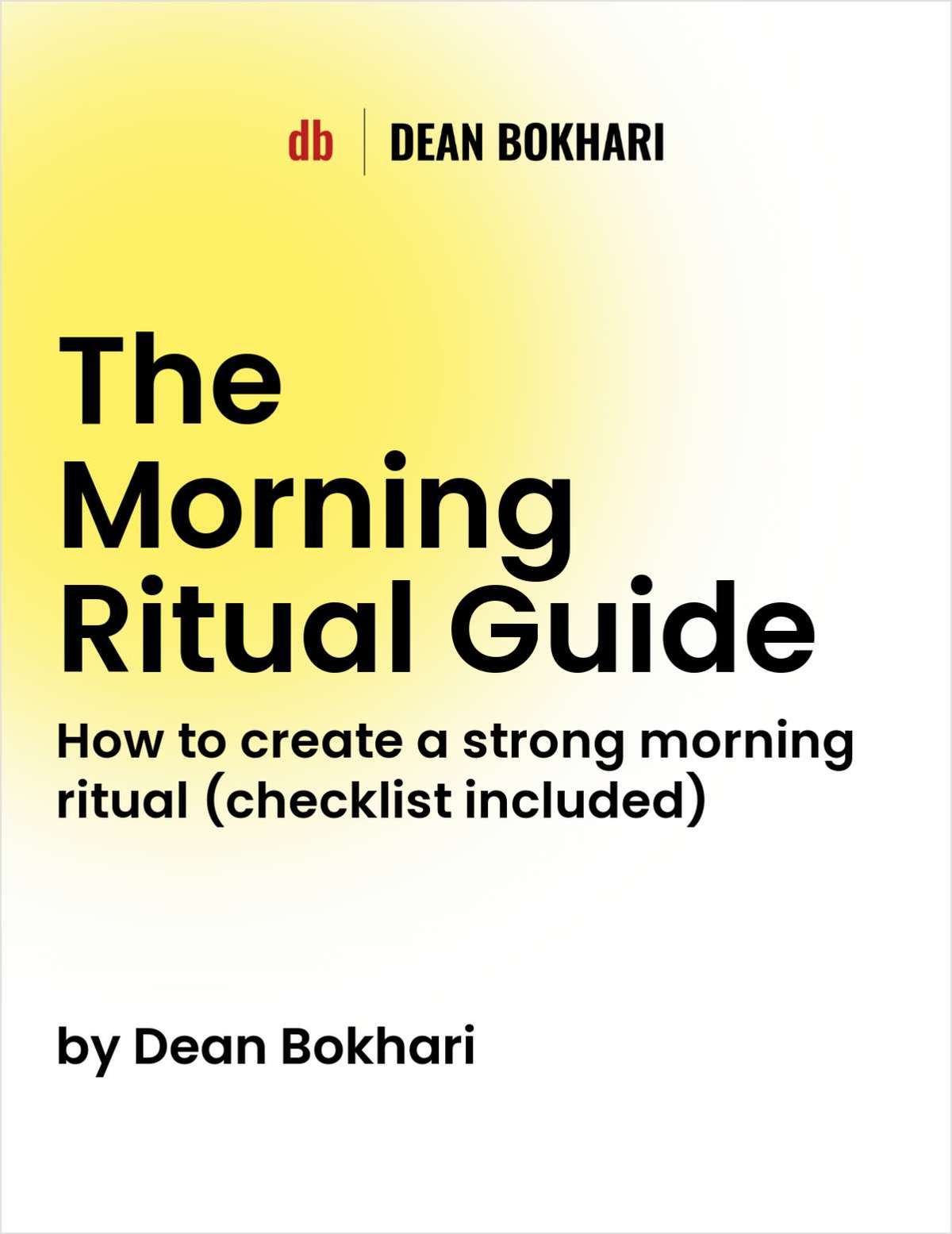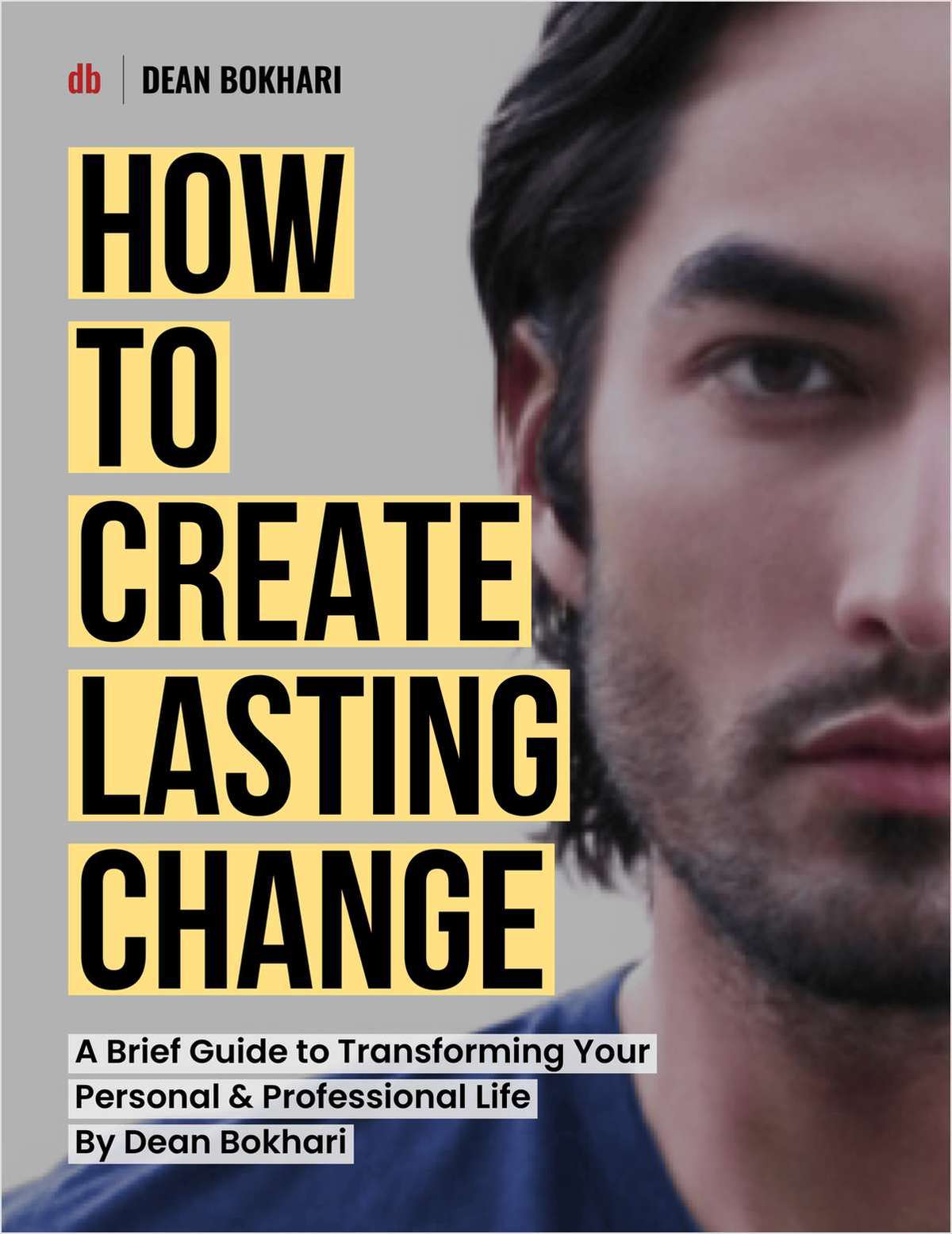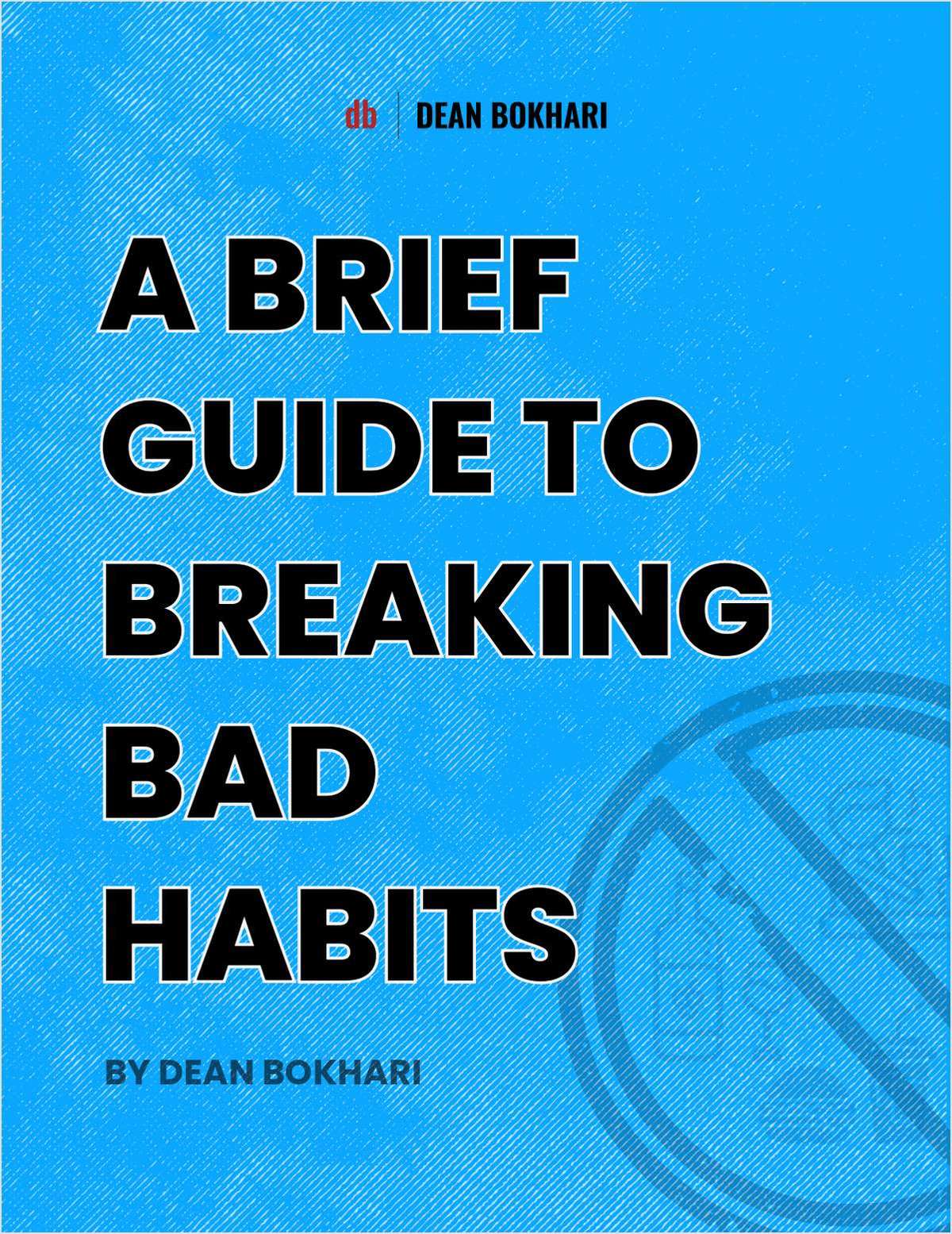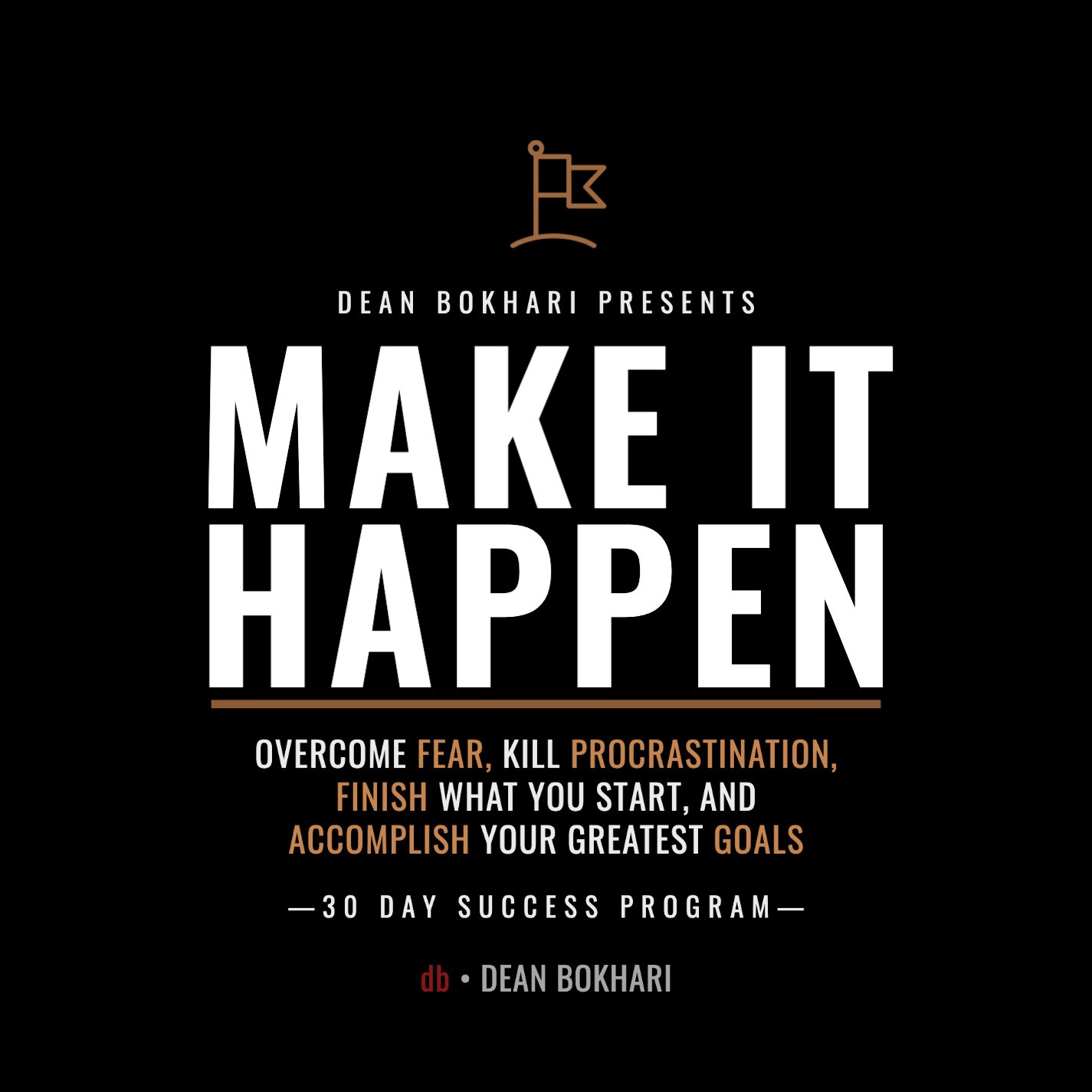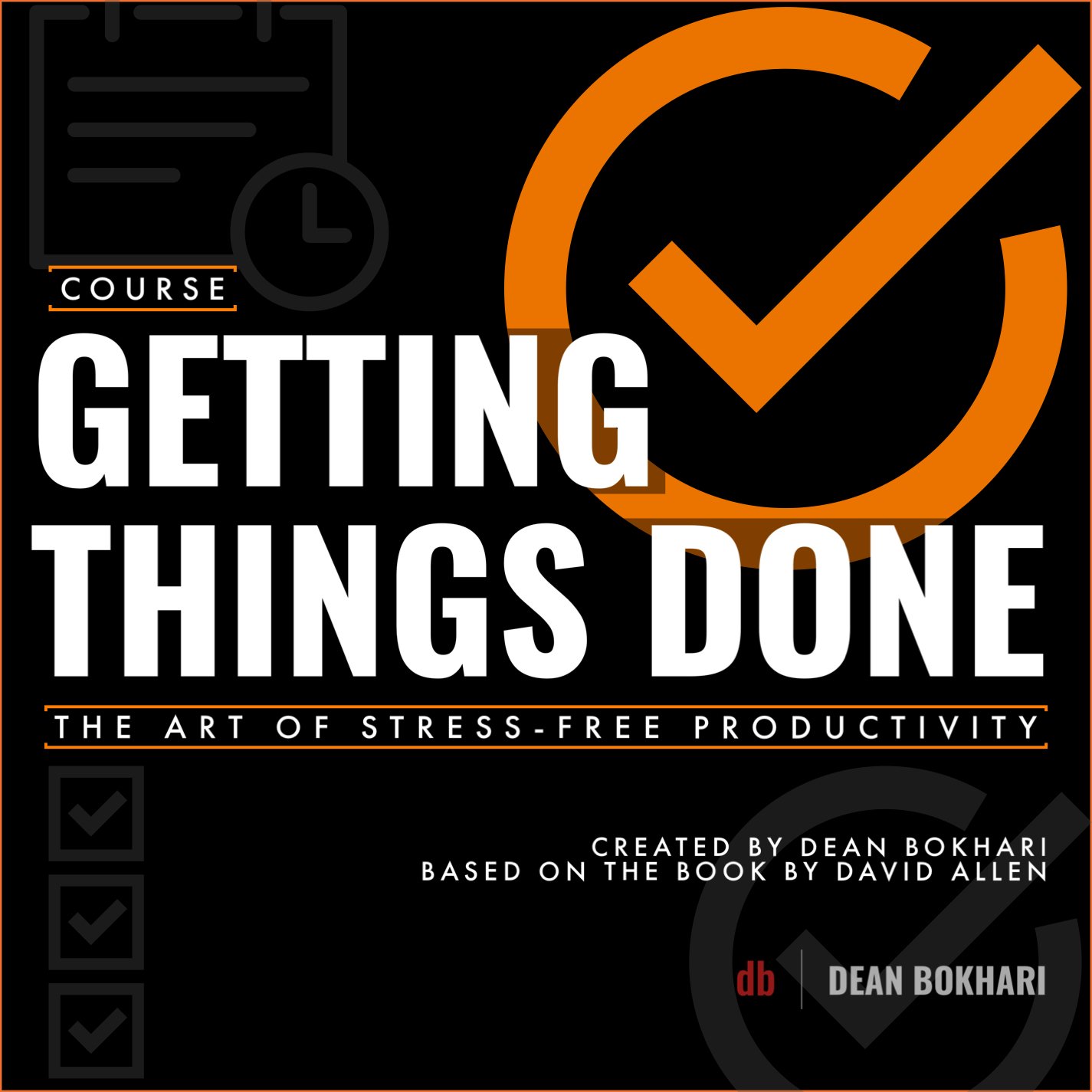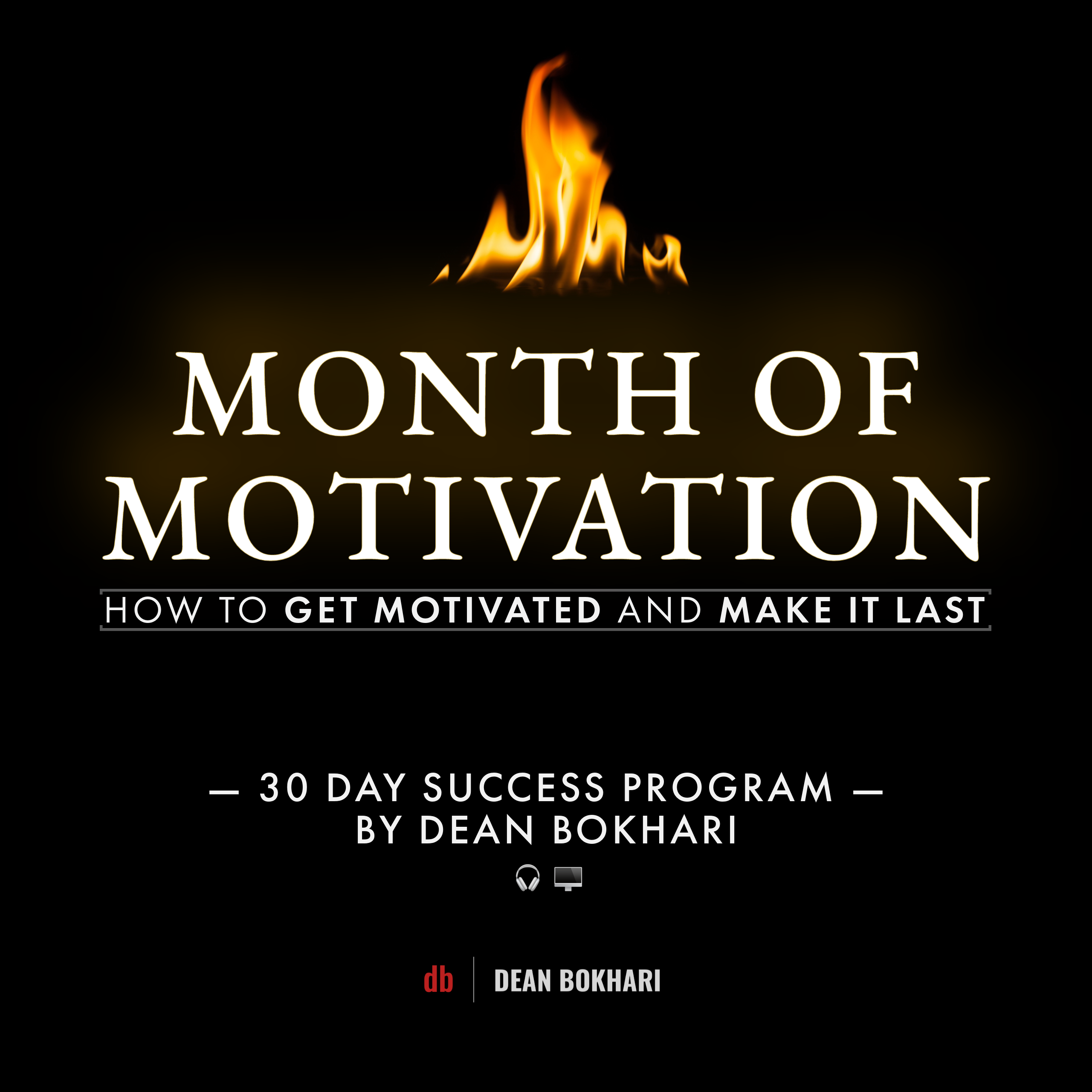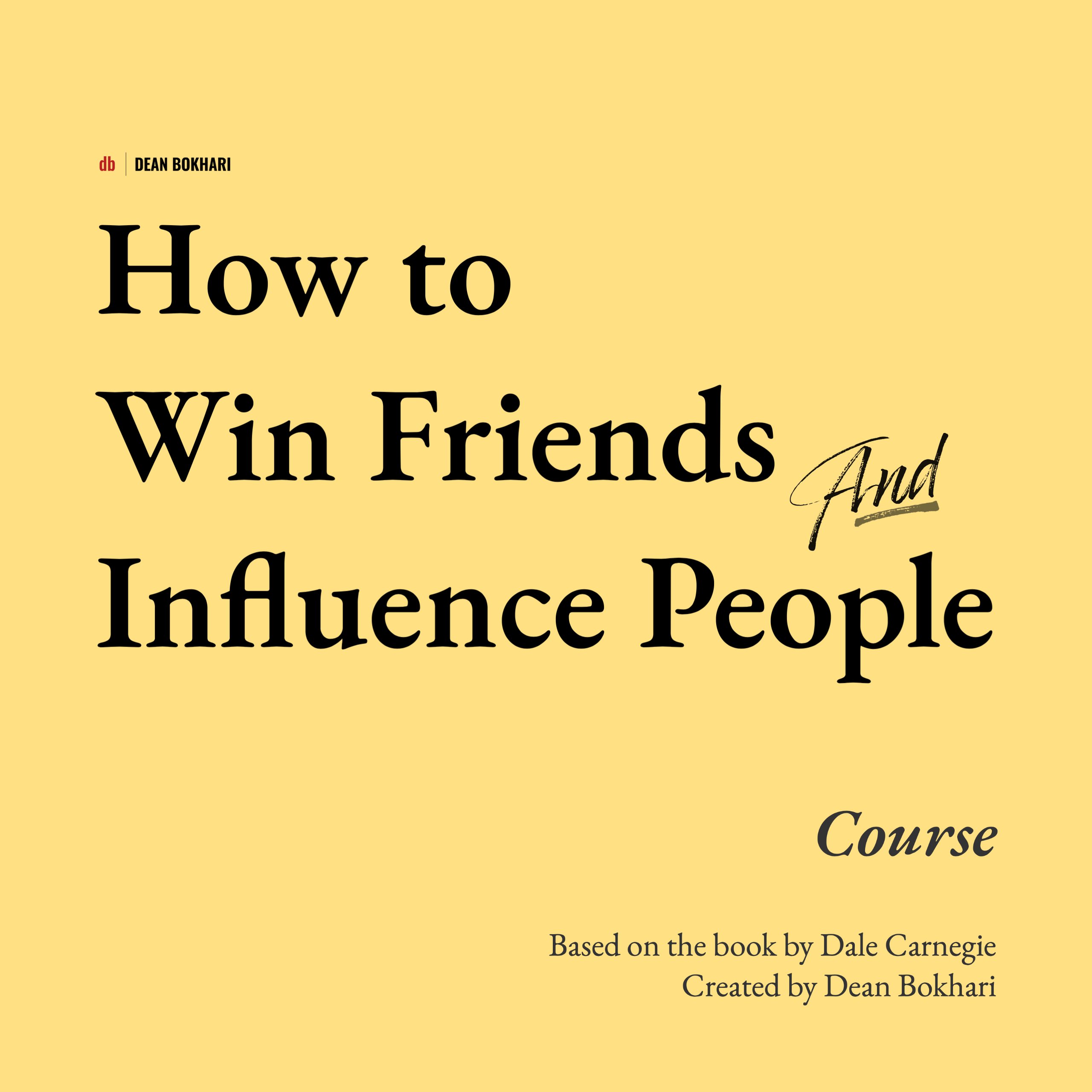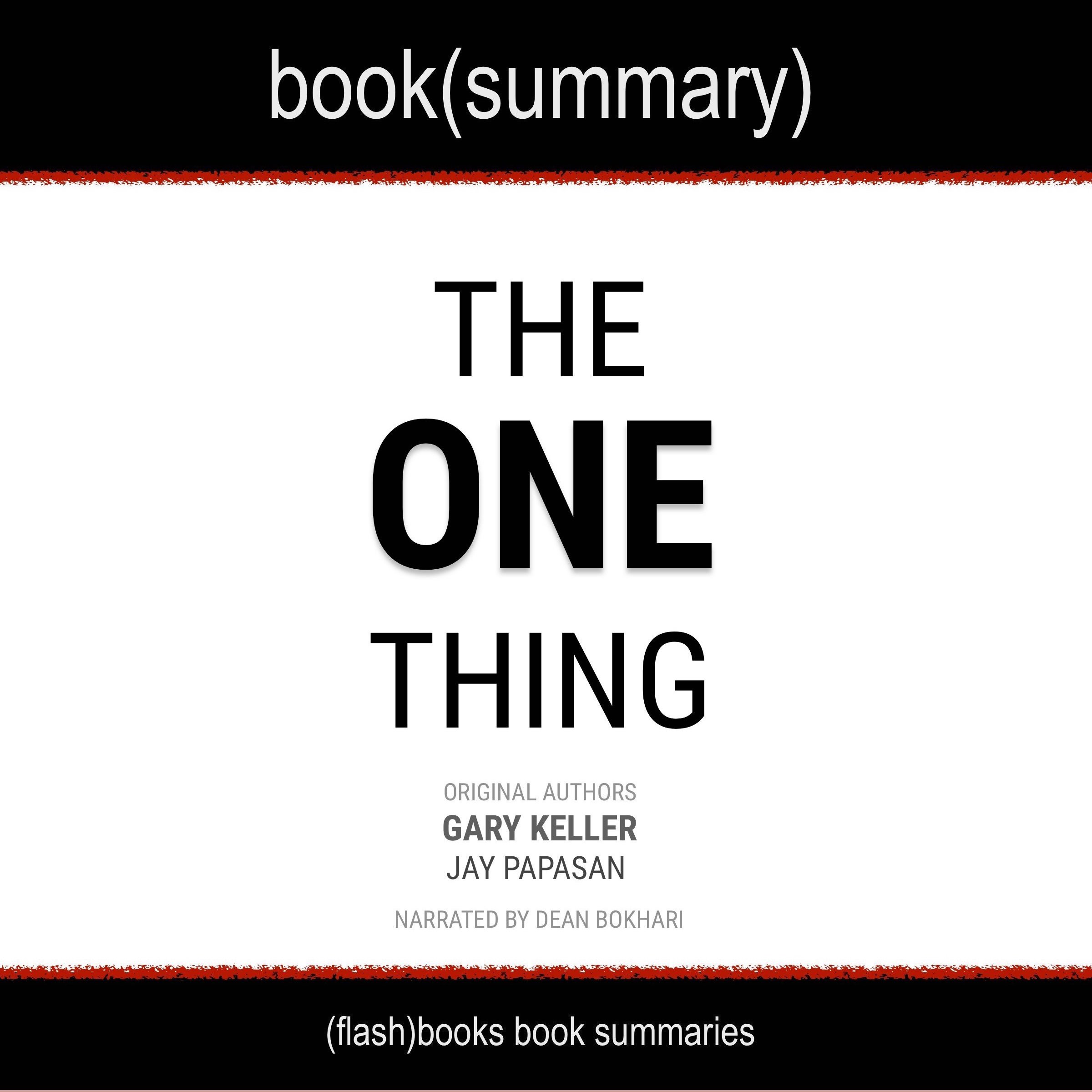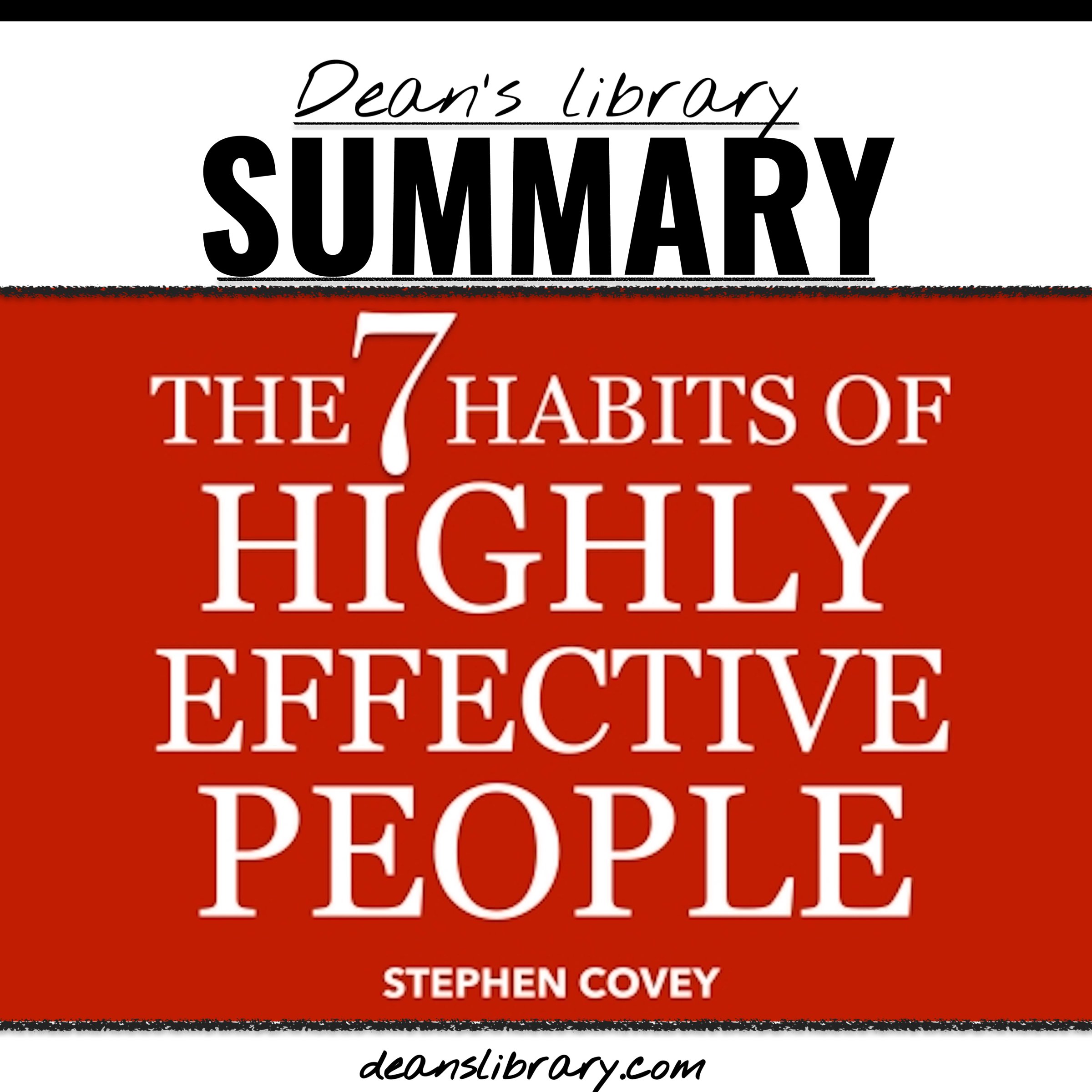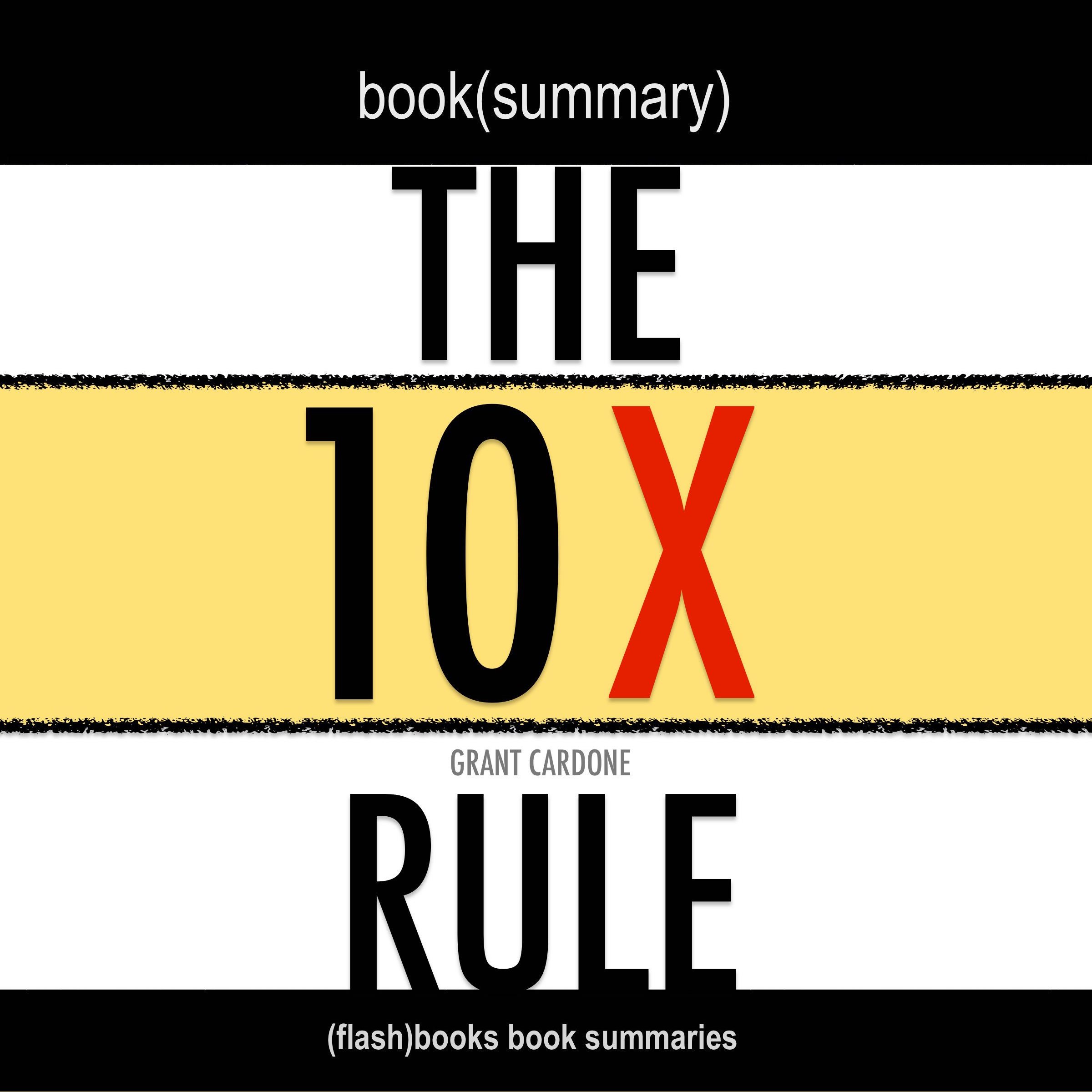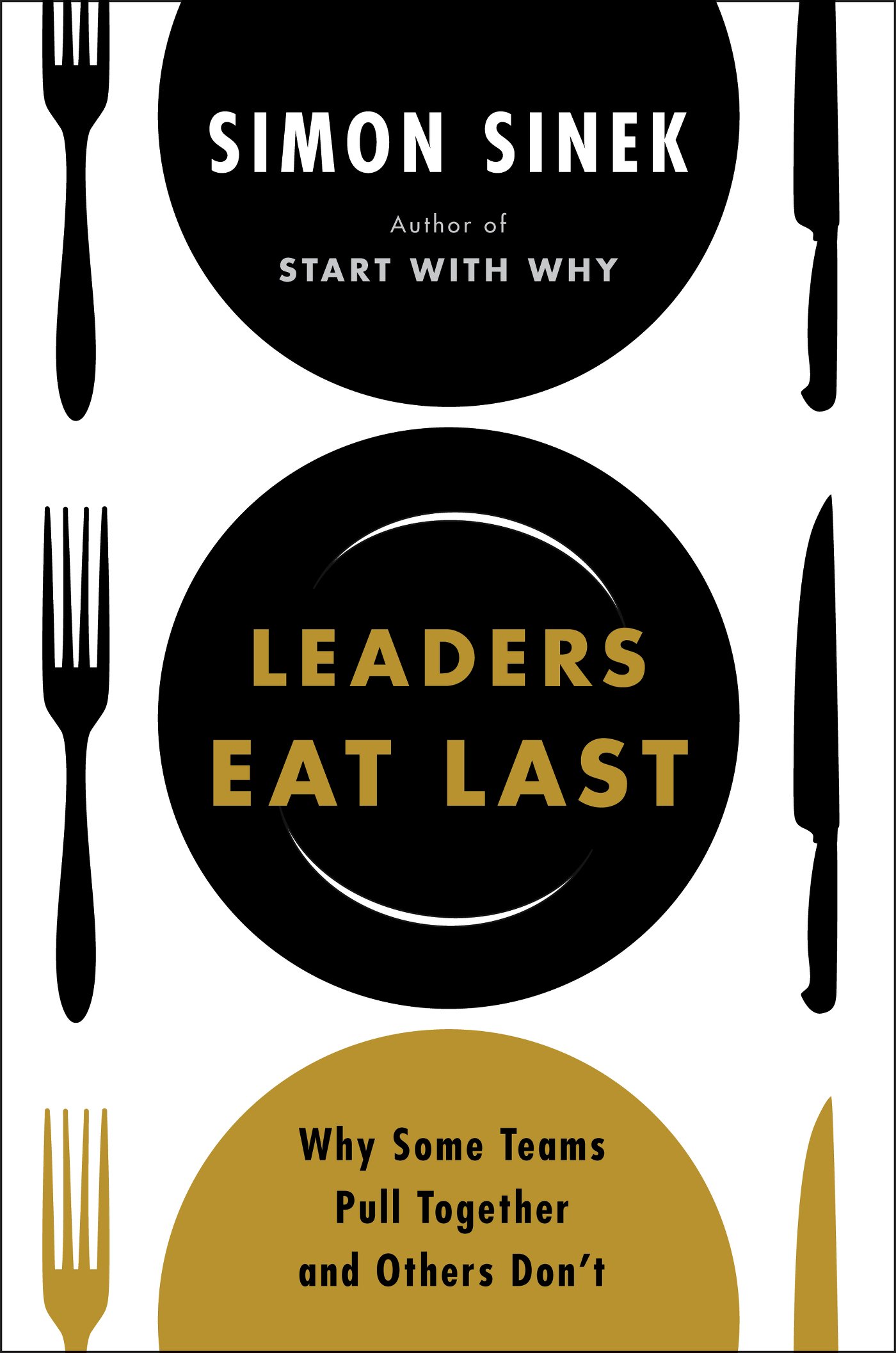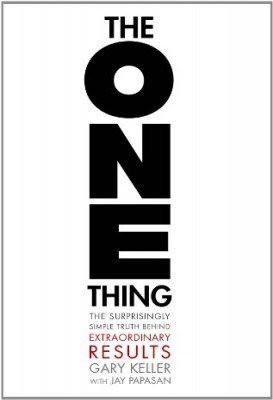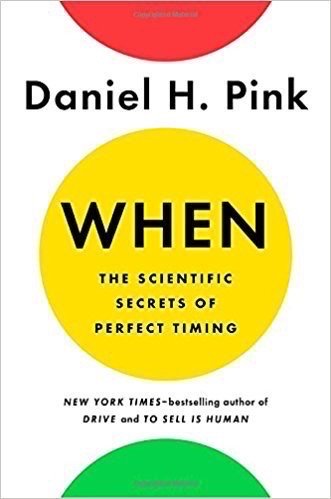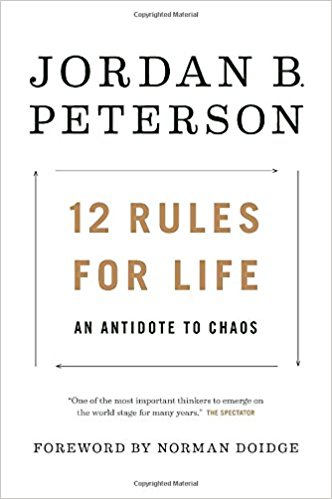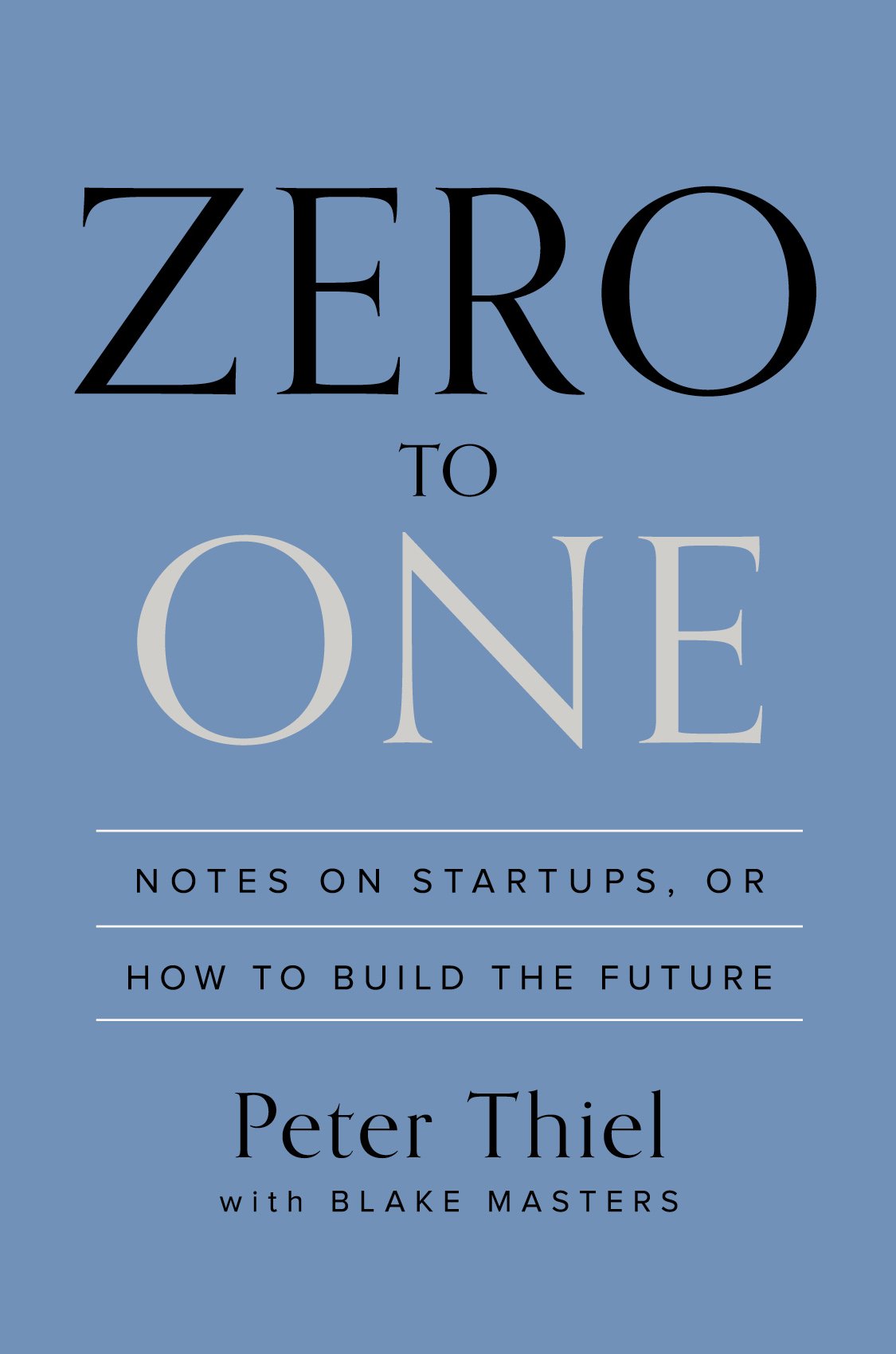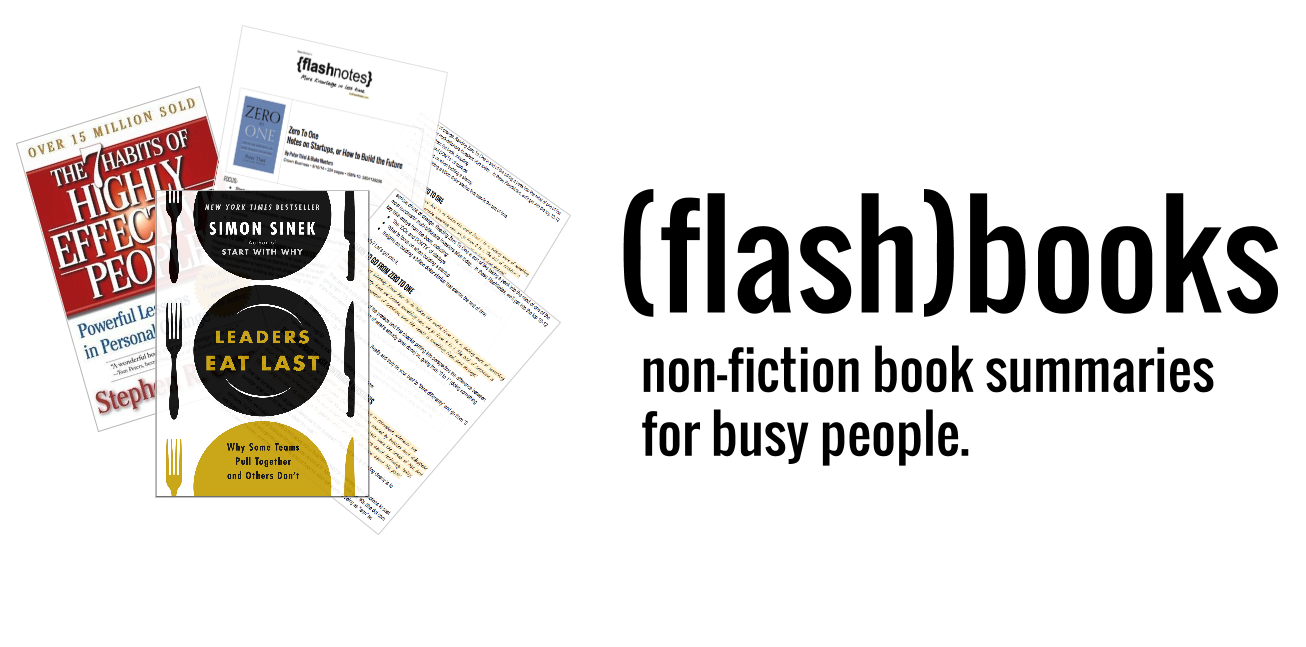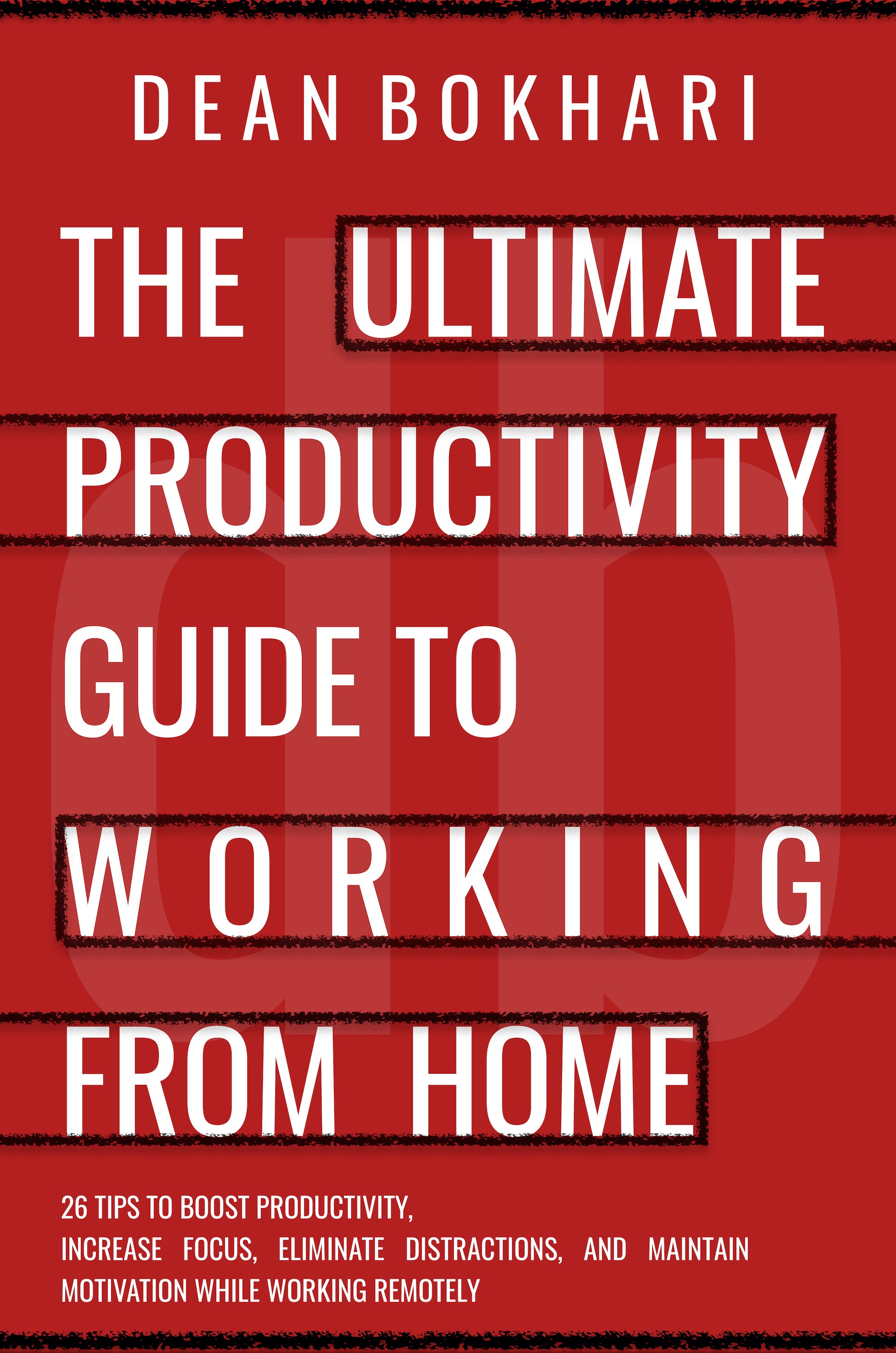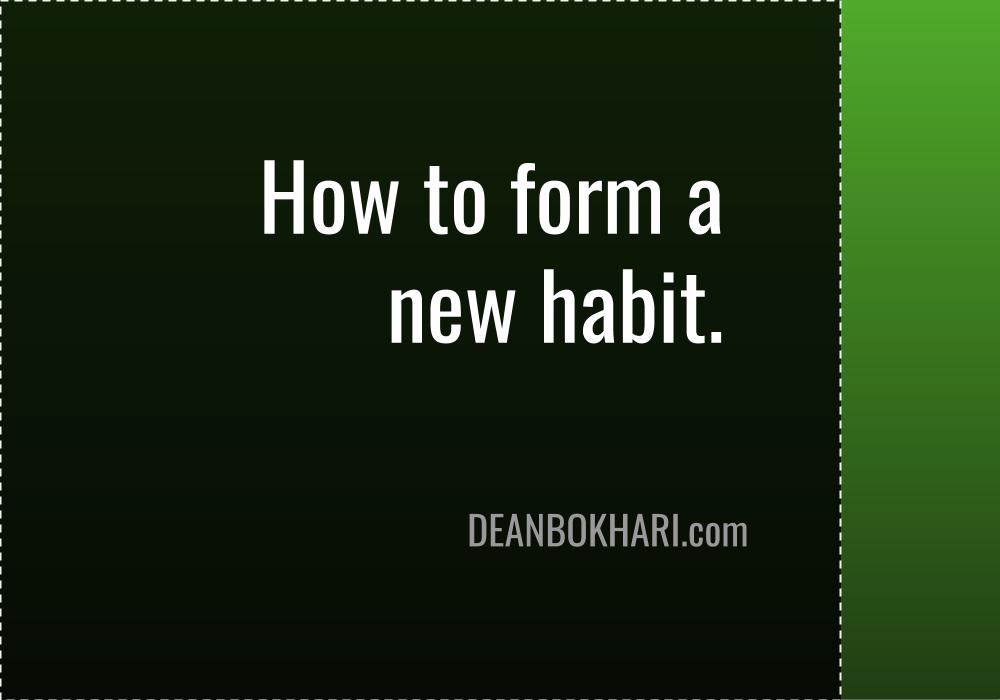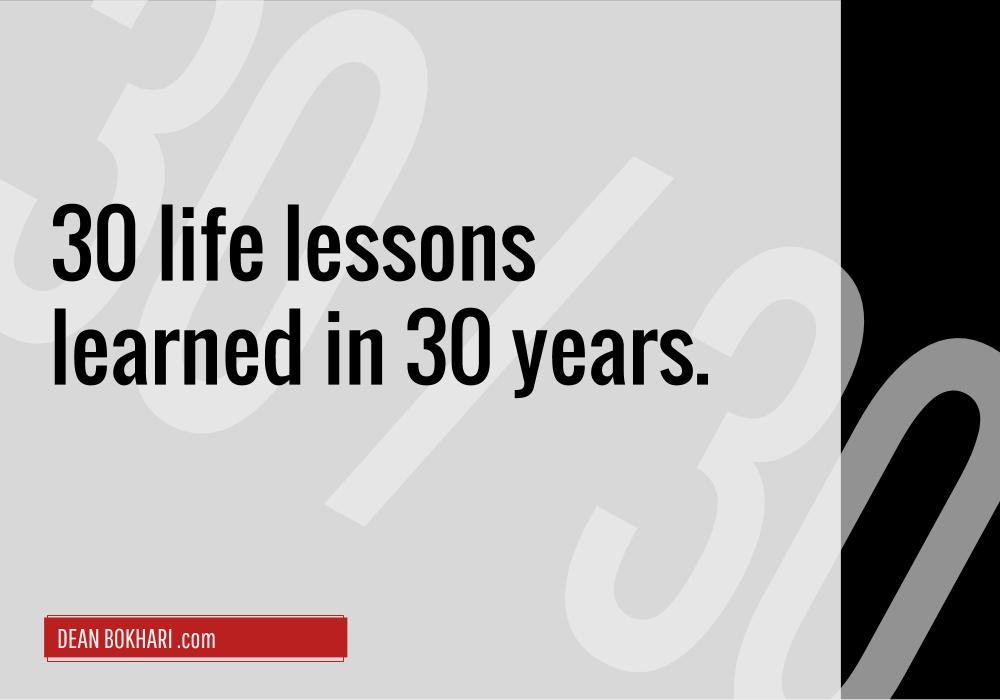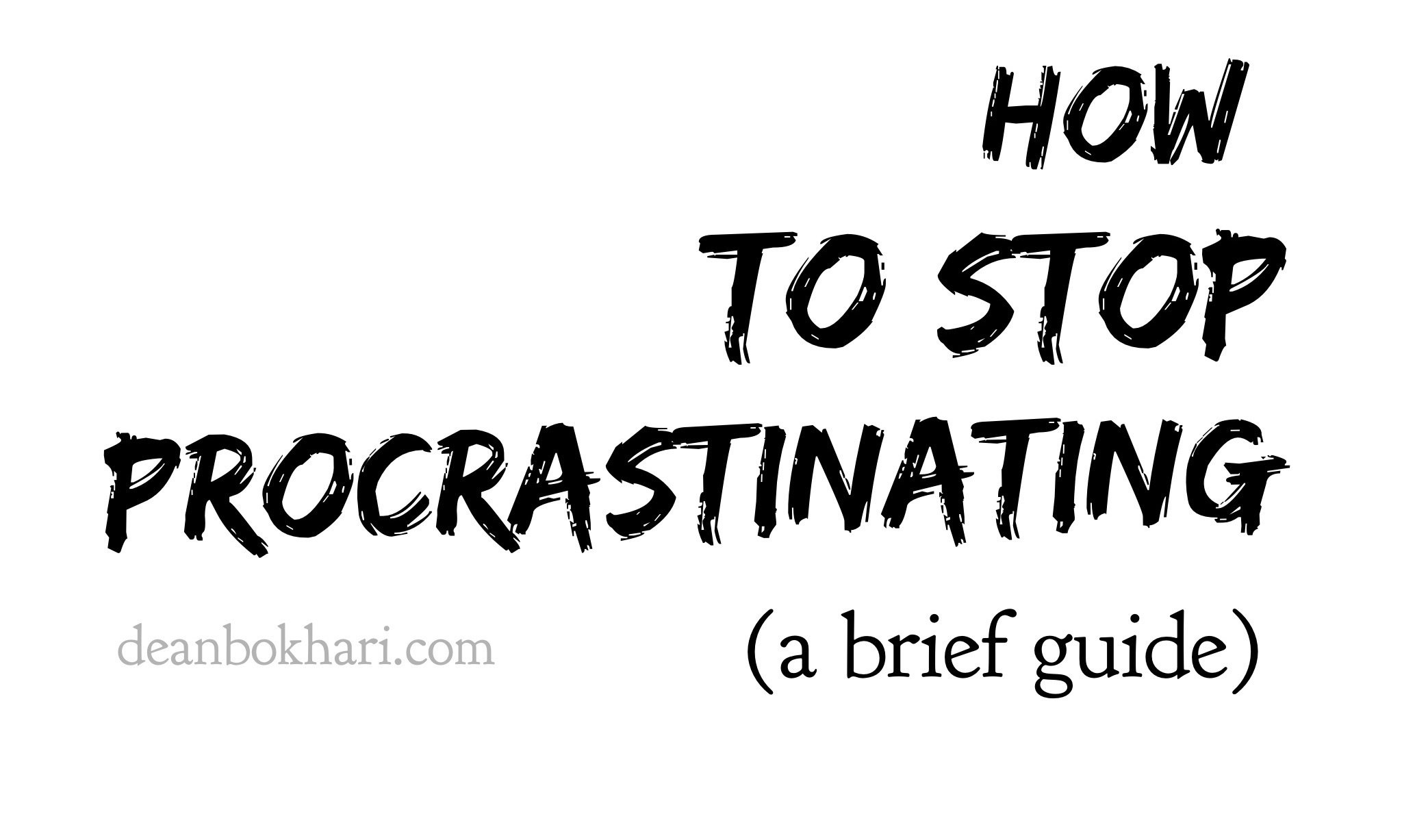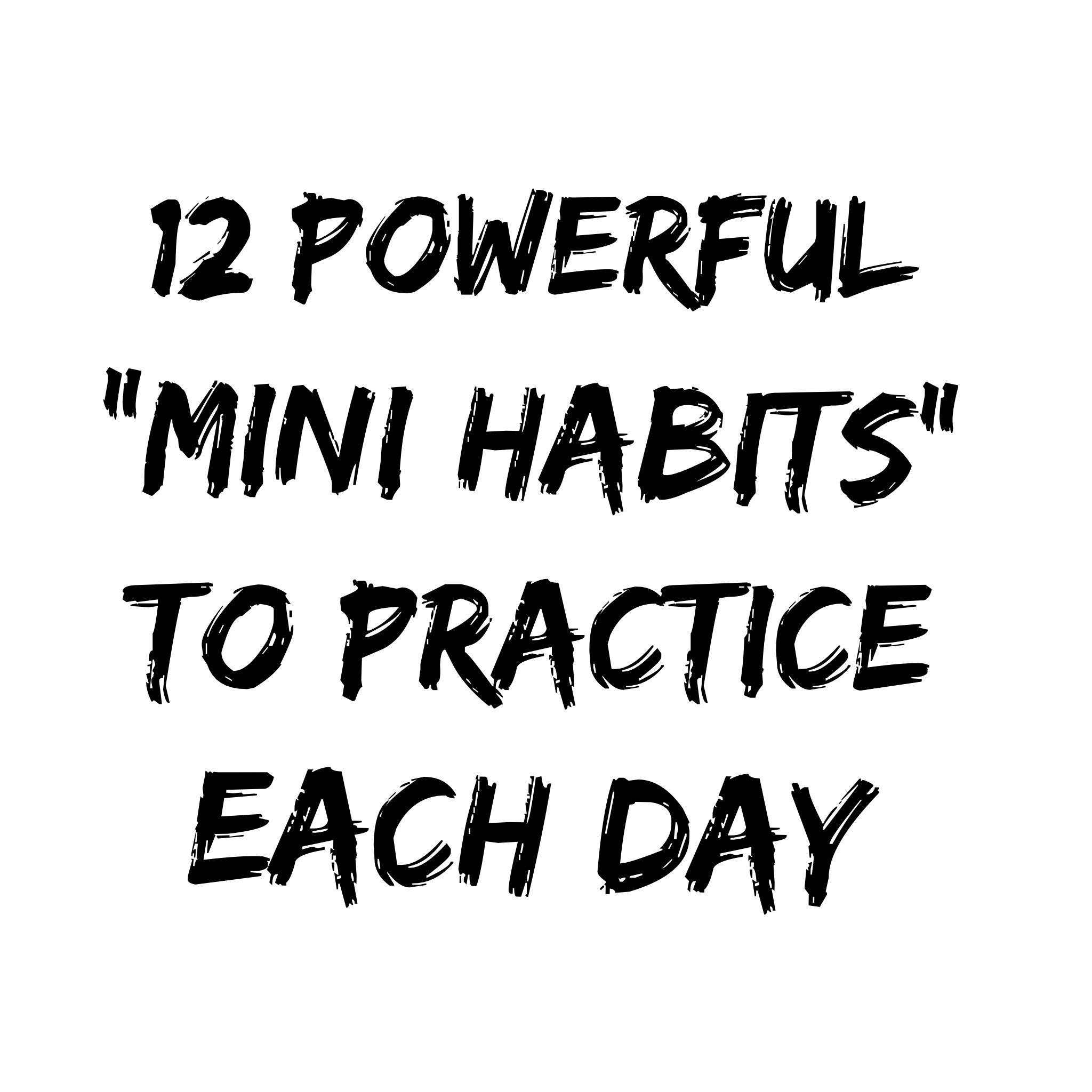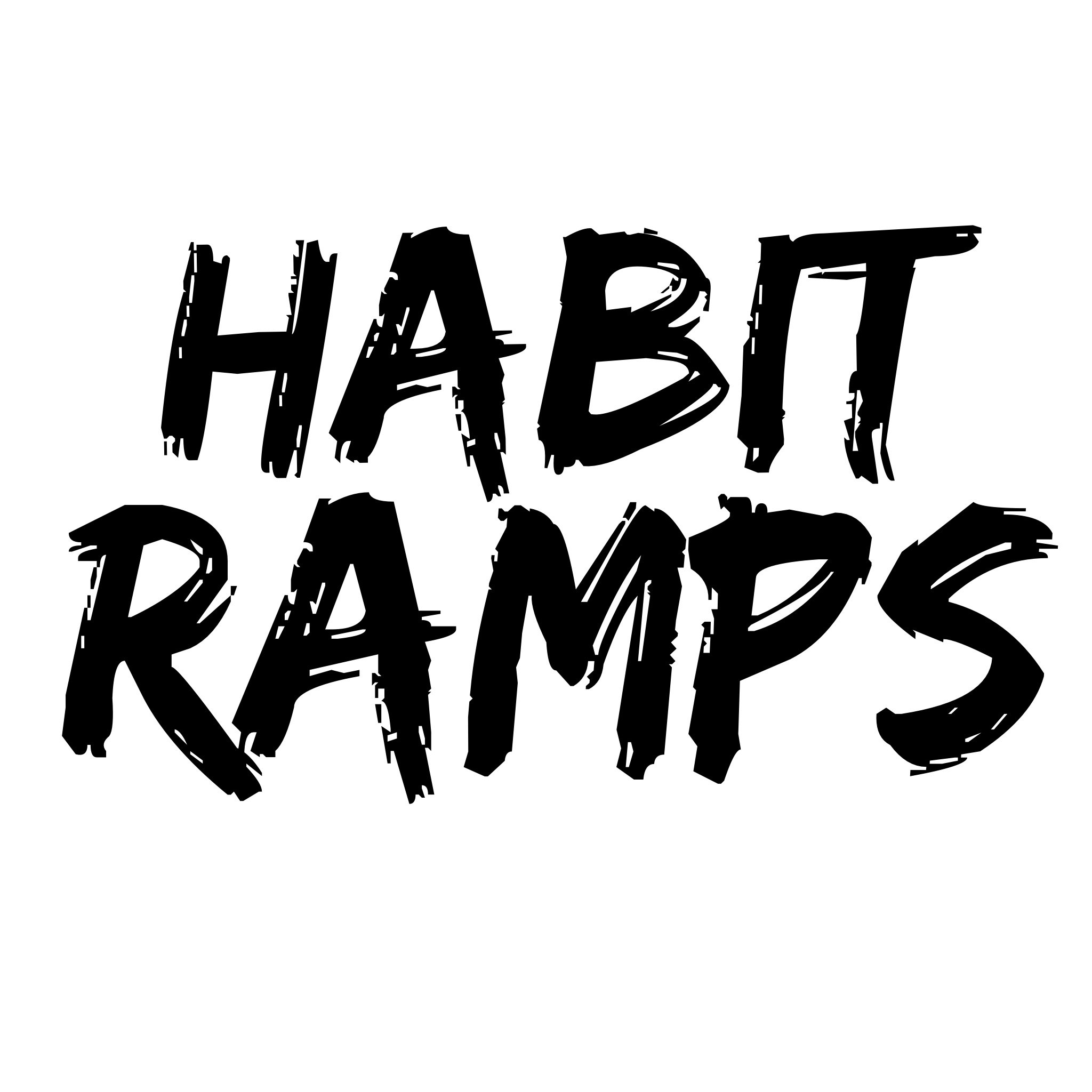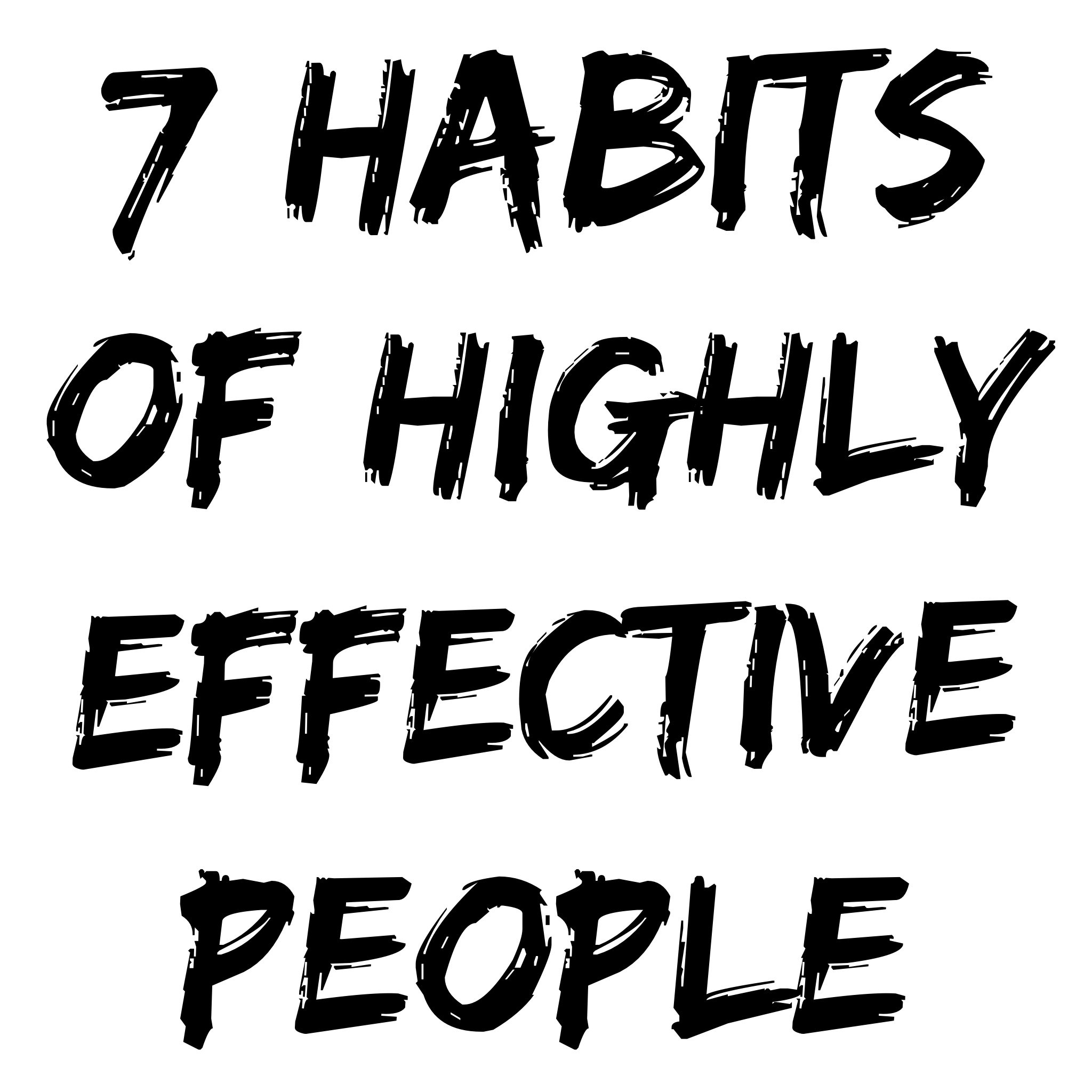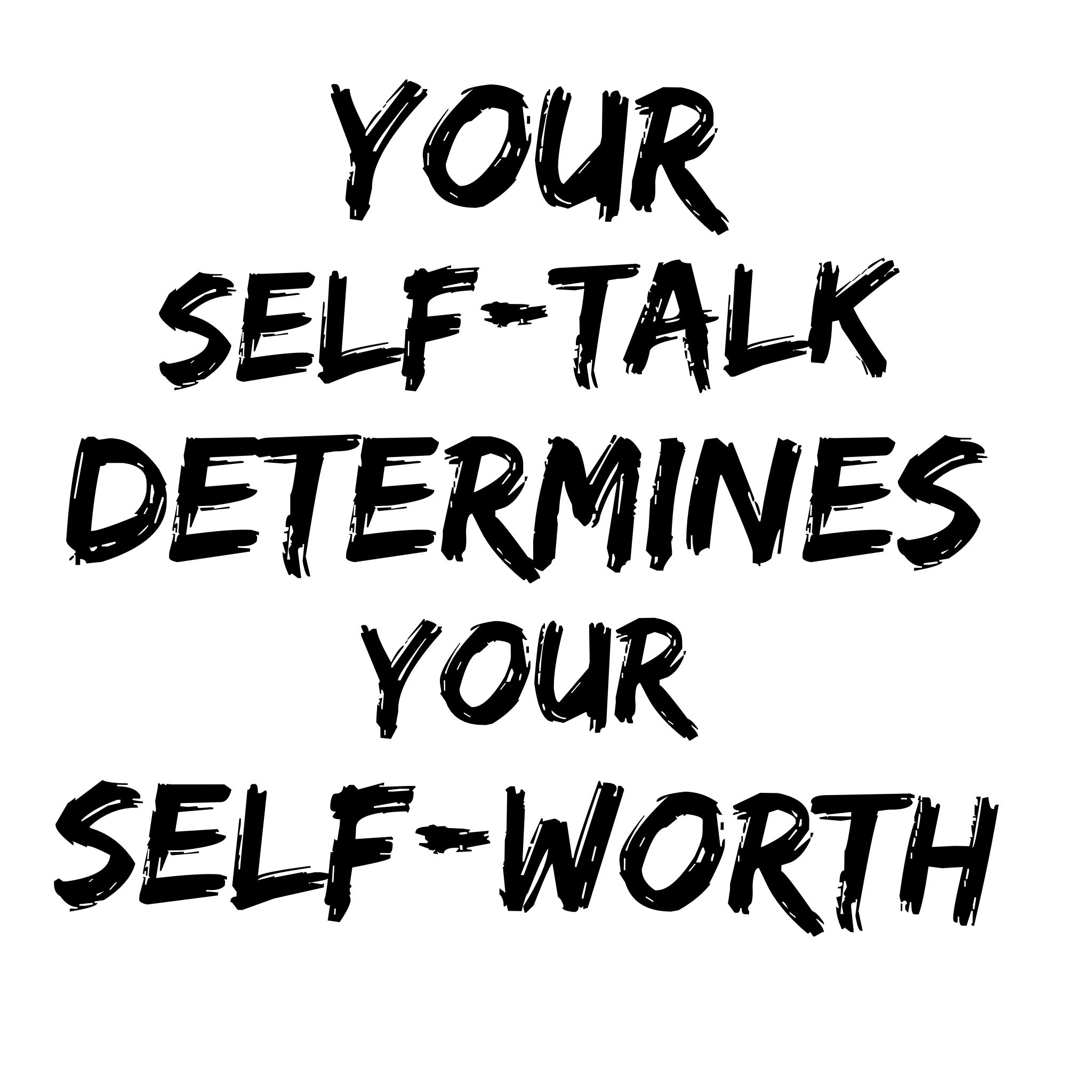Inbound Marketing - Book Summary
Attract, Engage, and Delight Your Customers Online by Brian Halligan & Darmesh Shah
Stream below for the audio book summary, or continue scrolling for the text based book summary
get the full version of this FlashNote here >>
Inbound Marketing
"To be successful and grow your organization, you need to match the way you market your products to the way your prospects learn about and shop for your products, and you do that by generating leads through inbound marketing.”
There are three primary ways people learn and shop online:
- search (ex: google)
- the blogosphere
- social media sites
The goal is for you to make your business readily available, search-able, share-able and like-able on all of the above. If you’re focusing your marketing efforts on billboards and radio ads — then it’s time to switch things up.
Here are some key insights on dominating your industry or niche on the inter-webs.
Become The Mayor of Your Website
Think of websites as if they were cities. Some cities have lots of roads and highways leading to them, with lots of people driving on those roads and highways… like Los Angeles, or Las Vegas, for example. Other cities don’t have nearly as many roads and highways as LA or Vegas, and naturally, nor do they have as many people on them either. If your website were a city, you’d want it be the Vegas of cities… you want to build as many roads and highways as possible leading towards your website and pack as many people as possible on those traffic lanes.
Bridges, Roads & Highways = Your Content.
- Every piece of content you create is like a bridge, road, or highway leading to your website.
Number Of People Driving On Your Roads = Your Content’s Quality.
- The number of people using, sharing, and linking to your content will determine its level of quality. The more, the better.
Build Lots Of High-Traffic Bridges, Roads & Highways
Do NOT waste time focusing on tweaking and redesigning your website. No one cares about that… people care about information that benefits them directly. So, rather than wasting six hours thinking about where to put your navigation bar, focus on the following three things instead:
- Create compelling content.
- Collaborating and community; so add a blog
- Go where the action is — Google, industry blogs, and social media sites.
Actionable Insights:
(*Side Note: In case it’s your first time reading a FlashNotes book summary — “Actionable Insights” are sometimes included at the end of a chapter summary to serve as a note-to-self or ToDo list task to prompt you towards taking action.)
- Use grader.com to measure which keywords I’m ranking for, and the number of sites linking back to mine.
- Log onto 37signals.com as an example of a website to aspire to (note: it’s just an example —not a template to copy).
Interruption Marketing Is Dead
“Watch your competitors, but don’t follow them.” ~ Arnold Hax
“Watch your competitors, but don’t follow them.” - Arnold Hax
Get the FULL version of this FlashNote here >>
Instead of interrupting your target market — create remark-able content that attracts them to you. The authors refer to content as “remark-able” in a clever way, with remark italicized every time they use the word, to serve as a reminder to ask yourself if your content is worthy of driving lots of remarks… signaling that lots of people are consuming, sharing, and linking to it.
Actionable Insights:
- Answer the question: “What are you the world's best at?” If the answer is “nothing,” rethink your strategy to get narrower or innovate across alternatives.
Get Found By Prospects
“Twenty years ago, your marketing effectiveness was a function of the width of your wallet. Today, your marketing effectiveness is a function of the width of your brain.”
Get the FULL version of this FlashNote here >>
There are several ways you can go about creating content. Here’s a list of recommended examples:
• Blog (ex: articles about trending topics)
• White papers
• Videos
• Webinars
• Podcasts
• Webcasts
• Visual content (ex: visually appealing, infographics)
Give & Take
When you pay for advertising, the traffic stops when the marketing money stops… But when you create remarkable content and publish it online, the traffic never stops. In fact, it grows over time. When you publish something on the web, it’s up there forever. If your content is valuable, it’ll be advantageous for you and your business. If your content sucks, you’ll hear crickets. Put your best information out there. Don’t hide it.
Track Your Progress
Use www.grader.com to track where you are now — shares, traffic, etc. — vs where you WILL be in the future!
Actionable Insights:
The beauty of Inbound Marketing is that you no longer have to spend money interrupting potential customers—instead, you can:
- create remark-able content
- optimize that content
- publish the content
- market the content via blogs & social media
- and measure what's working vs. what's not
The best way to get found in the blog-osphere is to, ehem, start a blog. Blogging is important because it:
- establishes you as a thought leader
- turns your website into an industry hub
- engages your customers and builds relationships (as they get to know you through your content)
Get the FULL version of this FlashNote here >>
Blogging Do’s & Don’ts:
- DON’T use “www.yourcompany.wordpress.com” style domain names because it’s unprofessional. Also, when you begin to build links & traffic to your site via the awesome content you’re creating, you want the google to give YOU the credit — not WordPress.com — which is what will happen if you use their servers. Instead, build up that expertise and authority for your own company through your own domain name, such as “www.yourcompany.com”, for example.
- DO utilize the power of hyperlinks, by identifying relevant keywords in your content/articles that describe your industry and turn them into hyperlinks. This is called an “anchor text”. linking back to your homepage - or another relevant keyword focused content page - contained within your website. For example, let’s say you sell padlocks. If you’re writing an article about the “best padlocks for bicycles” then you might want to turn that phrase into a hyperlink and link it back to your homepage or product page... which would hopefully entice your reader to click and buy your product!
Create Catchy Titles And Headlines
If you want your content to be “read and spread” it’s not enough to create great quality content — it’s got to be catchy and compelling to become contagious. You make your content contagious by tweaking your headlines and titles so that they’re click-worthy. Here are some examples of catchy titles:
- 6 Steps To Setting Up An Online Business Today
- 15 Tips To Overcome Public Speaking Anxiety
- 4 Steps To Crushing It With Consulting
Actionable Insights:
- Blog about what matters to your industry (NOT what you ate for lunch earlier).
- Ensure all blog articles (and titles) include relevant industry keywords.
- Create links from old articles to your website or another article.
- Write catchy titles.
- Track each individual piece of content along the following dimensions: date, author, visitors, comments, and links.
- Find and subscribe to industry blogs.
- Start commenting on popular industry blogs.
- Check out blog.wholefoodsmarket.com as an example of a good industry based blog.
Ranking On Google
- Every day, there are approximately 5.9 billion Google searches.
- Google's first page captures over 89% of the traffic
- Number one on the first page = 42% traffic-capture rate
…In a nutshell, the stats above should tell you how important it is to rank high on Google. But it’s likely you already knew that, right? So the question isn’t about “why” as much as it’s about “how” — if being ranked high on Google is so important — how do you do it?
Two Steps To Climbing The Google Ranks:
Step 1) Become Relevant.
- The relevance is a measure of how close of a match your page is to the term being searched… Based on factors like title tag/page title, page content, and anchor text of links to the page. Also, Google needs to crawl and index your web page - this is sort of like being accounted for like a book in a library (see Actionable Insights for more).
Step 2.) Gain Authority.
- The authority is measure of how important your page is in the eyes of Google. Your page needs to be considered “better” (based on Google’s criteria) than your competition to get ranked higher than competitors for a given term. The authority of a web page is calculated based on the number of inbound links from other web pages and the authority of those pages.
Tips For Picking The Right Keywords
“You shouldn't just solve for one factor. For example, picking a relevant keyword that has very high search volume is not going to mean much if the difficulty is so high that you'll never be able to rank. Similarly, picking very easy words that have very weak competition is not going to generate much traffic if only a few people a month use that term to search. When picking your keywords, you should start with a list of relevant keywords for your business. Then, determine what the estimated volume is for those keywords and how much competition there is for that keyword. If you're just getting started, you should probably begin with keywords that have relatively low competition. Choose keywords that have relatively low competition instead. Then, as you build authority for your web pages, and start ranking for these keywords, you can move up to higher volume keywords that have more competition.”
There are three things contribute to picking the right keywords to optimize your website:
- relevance,
- volume,
- and difficulty.
Here's a few tips for picking the perfect keywords:
- For competitive keywords, the strength of the competition may be high, and ranking on the first page may be very difficult.
- When picking keywords, try to strike a balance between a keyword's Relevance, Volume, and Difficulty:
- Relevance (to your topic/industry/business/article)
- Volume (how many people are searching, and are there enough?)
- Difficulty (is there a lot of competition? If yes, should I try to create content that competes with the existing content in hopes of ranking higher — or would it be better for me to create content that has less competition?)
Actionable Insights:
- Use www.Google.com/addurl if you’re unsure about whether Google has indexed your site (most websites do this automatically though).
- Run your website through grader.com and follow suggestions.
- Optimize page titles as often as possible to match up with relevant keywords.
- Track a list of your favorite keywords (those that have the right mix of relevance, high search volume, and low difficulty) and see how your rankings are doing. You'll find that you do better for some words than others. Start looking for patterns. Pay particular attention to which web pages on your site are starting to rank. These pages are important assets because Google is sending you a message (by ranking those pages) that they are gaining authority.
- Subscribe to our podcast on iTunes for more great content to help you improve your marketing skills and get the edge in life & business.
- Inbound Marketing: Attract, Engage, and Delight Customers Online
Developing & Using Tools To Drive Traffic
“If a tool isn't working, shut it down. Don't spend precious marketing and development resources on a project that isn't working. It is easy to feel that you have to “make it work” because you put a lot of time and effort into building the tool. Resist this feeling. Admit it didn't work and move on to the next free tool idea or marketing campaign. The key to inbound marketing is to iterate and improve.”
Create A Useful Tool For Your Audience
When you visit a website, you’ll often see a give-away or free gift of some kind being offered to you in exchange for your email address. This is called an “Opt-In Page” or “Value Page”. The idea is this: create a useful tool for your audience (this is know as a “Lead Magnet”) and then give it away in exchange for their email. For an example of what this looks like, visit: www.MeaningfulHQ.com. You’ll want to create something along these lines that adds value to your visitors.
Use Email Marketing Software For Leads
To capture email addresses from your visitors, you’ll need to install an email capture form to collect the info.
- I use AWeber’s email marketing software for all of my email marketing because they’ve proven themselves by helping over 120,000+ businesses increasing profits and build customer relationships over the last 10 years. It’s robust and cheap
- NOTE: FlashNotes readers get a risk-free trial month of AWeber for $1. To use the promo, just follow this link or copy/paste it in your browser: http://db.aweber.com/
- If you’re looking for a free option — there’s MailChimp.com
Actionable Insights:
- Install email capture form on website using an effective email marketing tool. (AWeber or MailChimp)
- Create a lead magnet.
- Setup lead magnet to be delivered to visitor in exchange for their email.
- Visit www.MeaningfulHQ.com for examples of this.
Converting Customers
Once you start getting traffic, you’ve got to learn to keep it around. You do this by applying effective conversion methods that engage visitors.
Develop Killer Calls To Action
In order to convert visitors and turn them into leads, and then eventually into customers, you’ve got develop high converting Calls To Action (CTA), and then capture their contact info. Effective CTAs have four qualities in common:
- Valuable
- Easy to use
- Prominent
- Action Oriented
Configure your website to setup and edit forms regularly WITHOUT any help from IT personnel.
- It’s important that you learn to make quick modifications on your own.
Work to build clean, convincing landing pages that:
- include an effective call to action (CTA)
- are in alignment with your brand identity,
- build trust with prospects
- include graphics
- are simple
- short
- above the fold (visitor should be able to view without scrolling down on your page)
- avoid asking for sensitive information
- build trust
- include an auto-responder system
Measure Market Reach
“Once you have a steady flow of leads coming in due to your inbound marketing efforts, you can then start to convert these leads into paying customers.”
Measure Market Reach
- It’s wise to measure how effective your marketing efforts and impact are over time. To do this, create a spreadsheet (month to month) and include the following measurables:
- # Email addresses
- # Blog subscribers
- # Twitter followers
- # Facebook friends
- # LinkedIn group members
- # Podcast listeners
- #’s for any additional platforms as you see fit
LIVE LIKE YOU GIVE A DAMN,
Dean Bokhari
- If you find the podcast helpful, please rate + review it on Apple Podcasts »
- Got a Self-Improvement question you'd like me to cover? Submit it here »
"Dean Bokhari's Meaningful Show is the Self-Improvement Podcast I've been
waiting for. It's actionable, inspiring, and BS-Free." —Brett Silo
Free self-development courses
👇
Tap on any of the courses below to start learning how to:
- boost your productivity (withGTD),
- get focused (with Deep Work),
- design a successful + fulfilling life (with The 7 Habits course),
- or learn the art of influencing others (with the How to Win Friends & Influence People course.)
All for free.
👇
Free life guides
👇
Best-selling Self-development courses by Dean Bokhari
Kill procrastination.
|
Get stuff done.
|
Get motivated.
|
Connect with anyone.
|
freshly pressed:
Top Audiobooks narrated by Dean Bokhari on audible
Book summaries
- The Power of Habit by Charles Duhigg
- 12 Rules for Life by Jordan B. Peterson
- Presence by Amy Cuddy
- Leaders Eat Last by Simon Sinek
- The ONE Thing by Gary Keller, Jay Pasan
- Deep Work by Cal Newport
Read or Listen to top Self-Help + Business Book Summaries in 20 Minutes or Less.
or
